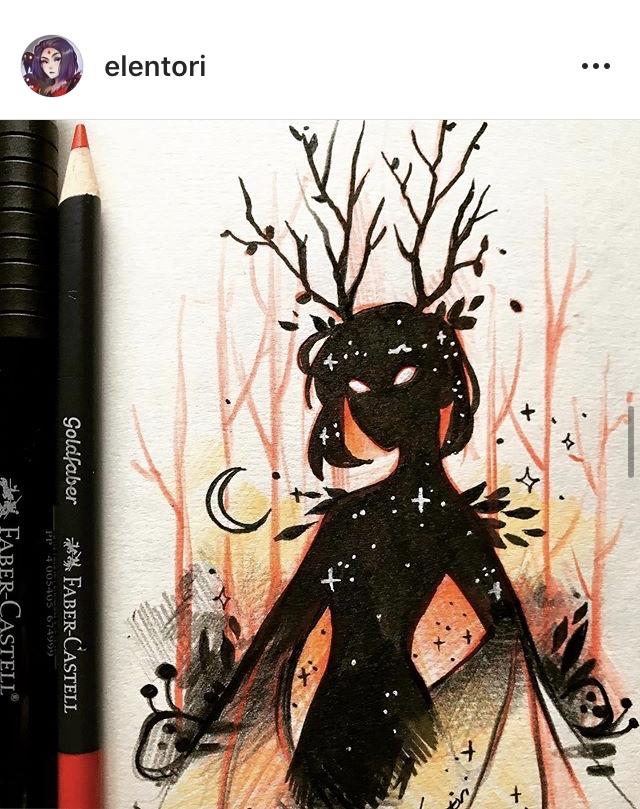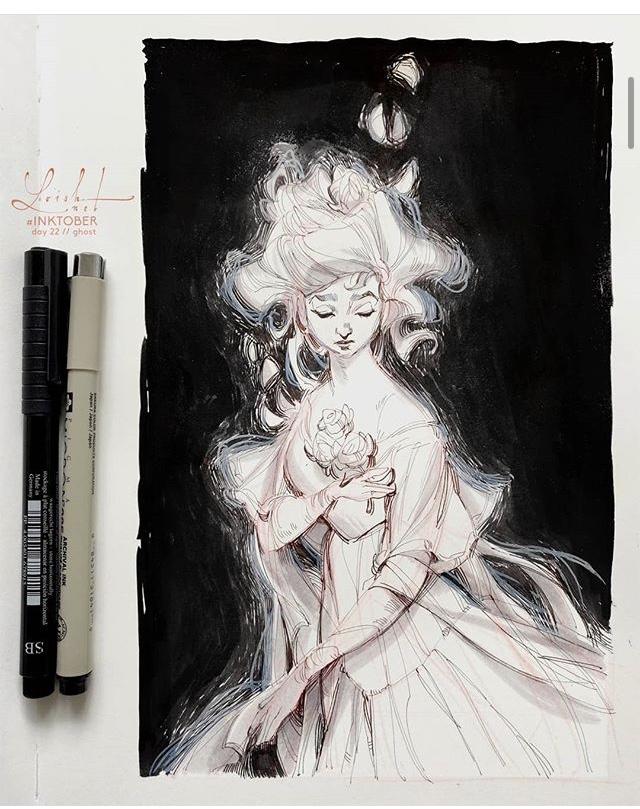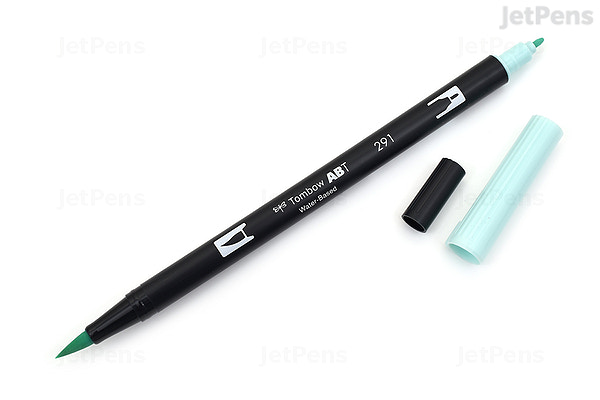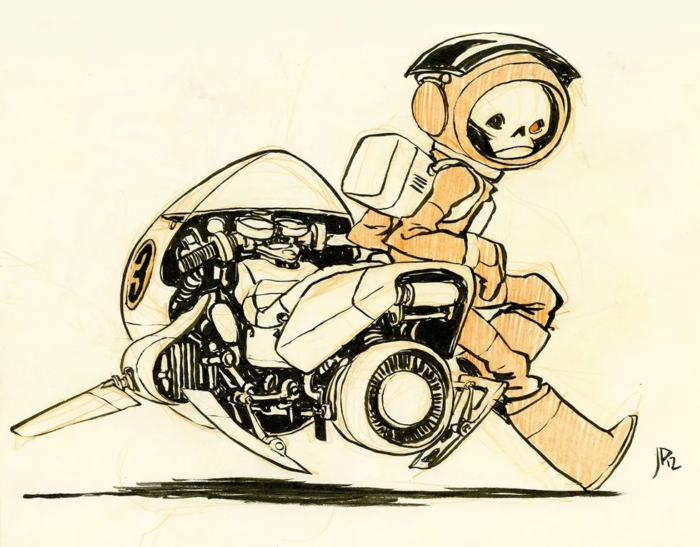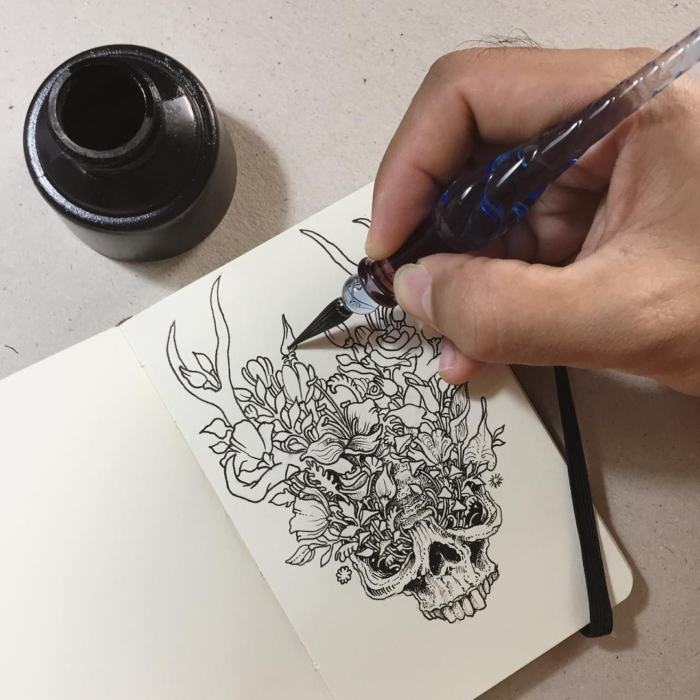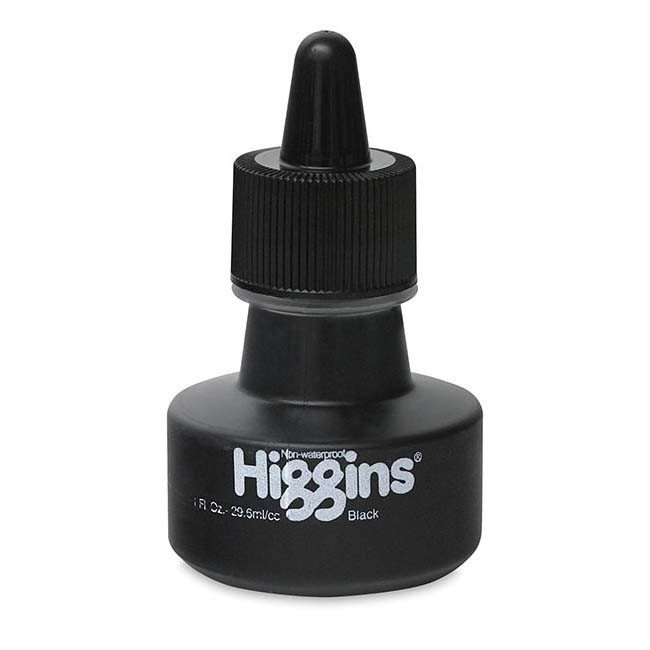By Lindsey Guallpa
“Inktober,” is an art challenge in October involving one primary medium: inking. The supplies for Inktober can vary as some people use other media as well. For the inking aspect, there are many brands to choose from as well as different inking materials. The materials chosen depend on one’s preference.
One might use a fine-liner, which is a class of fine fibre or plastic tipped pen. Fine-liners have a wide range of fine points to accommodate a person’s need for form and details in their drawing. They may also come in a variety of colors that may brighten up an art piece. Popular brands of fine-liners are Micron, Faber-Castell, and Staedtler.
Another supply an artist may use is brush pens. Brush pens also come in a variety of tip sizes which are typically labeled as broad or fine. Broad tips are great for bold strokes and fine tips are great for minor details. Brush pens have a tip like a paintbrush, typically with an ink cartridge similar to that on a fountain pen. This is beneficial as it allows for expressive linework and practices with real bristles to make lines.
A dip pen may also be used for inking. The dip pen is separated into two parts, the nib, and the pen nib-holder. The nib is the part of the dip pen (it can also be part of a quill pen, fountain pen, or stylus) which comes into contact with the surface in order to deposit ink. It has a slit that leads the ink from a vent hole to the paper. There are also a variety of nibs with different purposes, as some work better as calligraphy pens while others are better for outlining drawings. Thus the nibs also come in different shapes and sizes. The pen nib-holder is used to hold the nib in place, so it can be used as a pen. A pen nib also requires a bottle of ink, as it does not have its own reservoir for ink.
